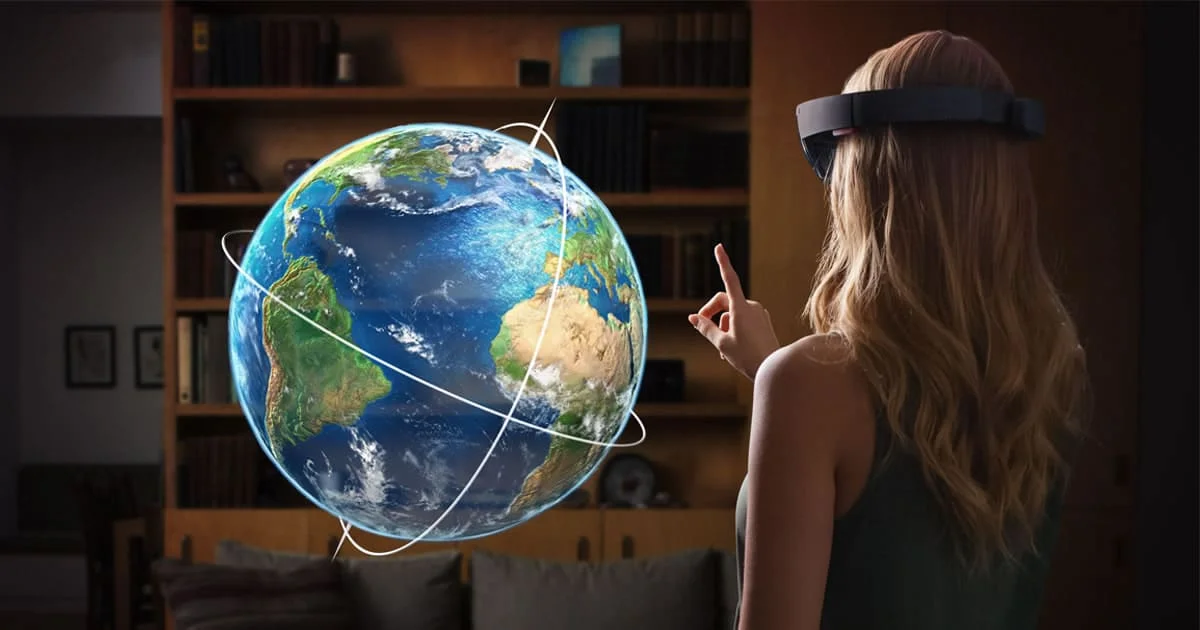The world of conversational artificial intelligence (AI) is undergoing a revolution with the arrival of GPT-4o, the latest version of OpenAI’s GPT language model. Promising greater accuracy, fluency and natural language understanding, GPT-4o has the potential to transform the way we interact with machines. But what does this mean for the average user, and is access really free?
This article will delve into what’s new in GPT-4o, looking at its features, the controversial issue of free access and how it could impact the future of conversational AI.

Beyond Words: Evolving the Legacy of GPT
GPT-4o is the successor to GPT-3.5, an earlier version that had already impressed the world with its ability to generate humanoid text and perform various language-related tasks. However, GPT-4o introduces significant improvements in several aspects:
- Increased Factual Accuracy: Has been trained with an even greater amount of text and code data, enabling it to provide more accurate and factual answers to questions.
- Improved Fluency and Coherence: GPT-4o’s ability to generate coherent and fluent text has improved dramatically. This translates into more natural conversations that are less prone to grammatical errors or logical leaps.
- Advanced Contextual Understanding: Can better understand the context of a conversation, enabling it to provide more relevant and personalized responses to user queries.
- Multimodal Skills (optional): Some versions of GPT-4o are being developed to process multimodal information, combining text with images, code, or audio for a deeper understanding of the environment. This capability is still under development, but has great potential for the future.
These enhancements position GPT-4o as a powerful tool for a variety of applications, from customer support and creative writing to language translation and code generation.
Free Access: Myth or Reality?
One of the most talked about aspects of GPT-4o is the supposed free access for users. OpenAI has announced that it will offer free access through its ChatGPT platform. However, it is important to note a few details:
- Access Levels: The free version of ChatGPT will probably have limitations in terms of the amount of text that can be generated or the complexity of the tasks that can be requested. OpenAI may offer paid plans with greater power and functionality.
- Paid Priority: Free users are likely to experience longer wait times or lower processing priority compared to paid plan users.
- Limited Commercial Use: Free access may have restrictions on commercial use of GPT-4o outputs.
While individual users may be able to experiment with GPT-4o for free, full, unrestricted access is probably reserved for enterprise users or developers willing to pay.
The Impact of GPT-4o: A Conversational Future
The arrival marks an important milestone in the field of conversational AI. Its enhanced capabilities have the potential to:
- Revolutionizing Customer Care: Chatbots powered by GPT-4o could provide faster, more accurate and personalized customer service.
- Increase Productivity: Could help people automate mundane language-related tasks, such as writing emails, generating reports or translating documents.
- Foster Creativity: Could be a valuable tool for writers, artists and other creative professionals, helping them generate ideas, overcome creative block and refine their work.
- Democratize Access to AI: Free (albeit limited) access to GPT-4o could allow a wider audience to experiment with AI and explore its possibilities.
However, it is important to address potential challenges as well:
- Data Biases: As with any AI model trained on massive data, there is a risk that GPT-4o will perpetuate biases present in the training data. OpenAI should work to mitigate this risk and ensure that GPT-4o is a fair and inclusive tool.
- Disinformation and Misuse: Ability to generate realistic text could be used to create false or misleading content. It is crucial to develop detection and control mechanisms to mitigate this risk.
- Job Displacement: Automation of tasks through AI could lead to job losses in language-related professions. The potential social and economic consequences of this trend will need to be addressed.
Despite these challenges, GPT-4o represents a significant step toward an era of more natural and seamless interaction between humans and machines. How we harness this technology for the common good will depend on the responsible actions of developers, governments and users.

GPT-4o – An Open Path to Conversational AI
GPT-4o marks the beginning of a new era in conversational AI. Its enhanced capabilities promise a future full of possibilities for human-machine interaction, task automation and improved productivity. However, it is critical to be aware of the limitations of free access and the potential challenges associated with its use. The shared responsibility of developers, governments and users will be key to ensuring that is developed and used in a manner that is ethical and beneficial to society.
Check more about: DALL-E 3: A Glimpse into the Future of AI-Generated Art
While the exact future of has yet to be written, one thing is clear: the arrival of this model has opened up an exciting path in the field of conversational AI. With continued development and responsible application, GPT-4o has the potential to transform the way we communicate and interact with the digital world.
